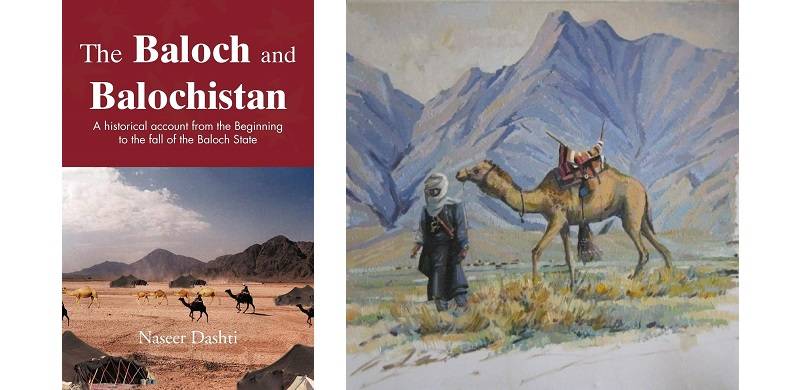
Balashgan is the origin of the Baloch people and of Balochistan's history, dating back 3,000 years to the era of the Achaemenid Empire. The author of The Baloch and Balochistan, Naseer Dashti, provides a historical account of the Baloch state from its beginning to its fall. The book is composed of 24 chapters, chronologically arranged to reflect the events that the Baloch experienced throughout their 3000-year journey, from Balashgan to present-day Balochistan and from Balaschik to Baloch.
The book is a fascinating read, covering both major and minor events in Baloch history. It is a compilation of the works of different historians, with references provided to authenticate the discussed narratives. In the first three chapters, the author traces the history of Baloch, starting from Balashgan and Balaschik. Chapter four explains the reason for Baloch leaving their original abode and where they went after leaving Balashgan. Chapter five delves into the Arab conquest of Iran and the relationship between Baloch and Arab after the fall of the Sassanid Empire. Chapters six to eight highlight the relationship, conflicts, and wars of Baloch with dynasties of Iran and the Mongols, their migration to present-day Balochistan, and the cultural values of Baloch. From chapter nine onwards, the book primarily focuses on the Baloch state - its formation, expansion, unification, internal clashes, and external challenges from the British and Kandahar. It covers the history of all Khans and the painful account of 1839 when the British became dominant over Baloch state, leading to its eventual fall.
The book also sheds light on internal disputes among different Baloch tribes. It discusses the evolution of Balochi language, its relationship with Persian, and how it became the lingua franca in Balochistan. The Brahui language and tribes are also examined in the book, including their origin and how they relate to Dravidian, Balochi, and Turkish.
Overall, The Baloch and Balochistan is a valuable resource for those seeking to understand Baloch history. As one reads the last section of the book, it becomes apparent that Baloch have been in a continuous struggle with conflicts, wars, and suppression, which still persists to this day.
The book is a fascinating read, covering both major and minor events in Baloch history. It is a compilation of the works of different historians, with references provided to authenticate the discussed narratives. In the first three chapters, the author traces the history of Baloch, starting from Balashgan and Balaschik. Chapter four explains the reason for Baloch leaving their original abode and where they went after leaving Balashgan. Chapter five delves into the Arab conquest of Iran and the relationship between Baloch and Arab after the fall of the Sassanid Empire. Chapters six to eight highlight the relationship, conflicts, and wars of Baloch with dynasties of Iran and the Mongols, their migration to present-day Balochistan, and the cultural values of Baloch. From chapter nine onwards, the book primarily focuses on the Baloch state - its formation, expansion, unification, internal clashes, and external challenges from the British and Kandahar. It covers the history of all Khans and the painful account of 1839 when the British became dominant over Baloch state, leading to its eventual fall.
The book also sheds light on internal disputes among different Baloch tribes. It discusses the evolution of Balochi language, its relationship with Persian, and how it became the lingua franca in Balochistan. The Brahui language and tribes are also examined in the book, including their origin and how they relate to Dravidian, Balochi, and Turkish.
Overall, The Baloch and Balochistan is a valuable resource for those seeking to understand Baloch history. As one reads the last section of the book, it becomes apparent that Baloch have been in a continuous struggle with conflicts, wars, and suppression, which still persists to this day.

